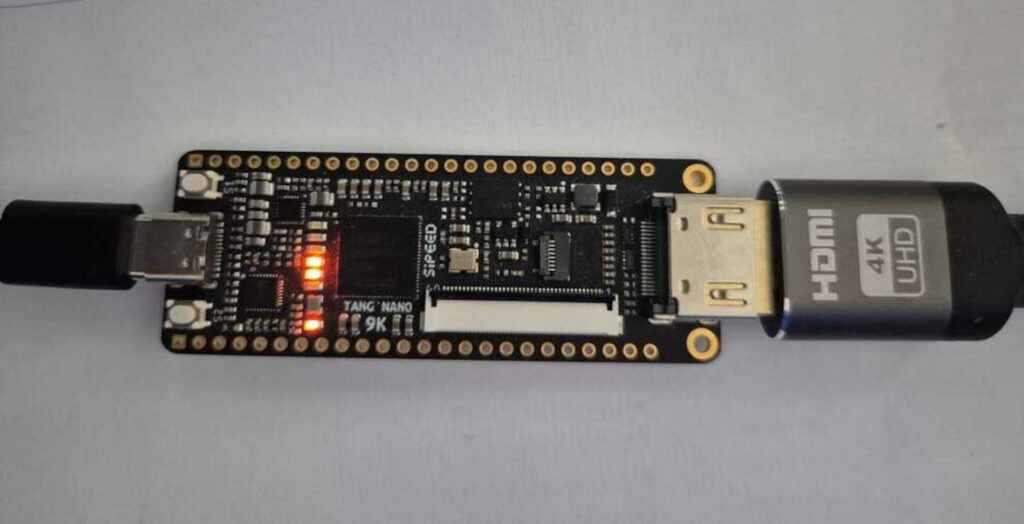
The beloved retro gaming system, the Commodore 64, has found new life through a recent project utilizing a Field Programmable Gate Array (FPGA). Developer Jo has created the VIC64-T9K, which serves as a proof-of-concept device capable of emulating the Commodore 64’s VIC-II video chip and 6502 CPU. By employing the affordable Tang Nano 9k FPGA, this innovative implementation aims to bridge the gap between authentic hardware and modern technology.
Emulation of retro hardware can be approached in various ways. While some enthusiasts prefer software emulation for convenience, others choose to restore original hardware to preserve authenticity. The VIC64-T9K offers a compelling middle ground by providing programmable hardware emulation. Inspired by the C64_MiSTer project, which operates on the DE10-Nano FPGA, this new project delivers most of the essential components required to run a Commodore system, albeit not a complete replication.
Technical Features and Future Prospects
The VIC64-T9K supports HDMI video output through a custom kernel, allowing users to experience classic games in a modern format. Jo has successfully demonstrated its capabilities by running various demos, including sprite animations that showcase the system’s potential. The development combines programming languages Verilog and VHDL, making it not just a functional device but also a valuable learning tool for enthusiasts interested in retro hardware.
Although the VIC64-T9K does not replicate every feature of the original Commodore 64, it retains significant elements that evoke the classic gaming experience. For those seeking a more authentic feel, the project incorporates the original case and keyboard while relying on FPGA technology to power its core functionality. This approach not only appeals to nostalgic gamers but also opens doors for Commodore enthusiasts who desire a blend of modern convenience and vintage charm.
As the popularity of retro gaming continues to surge, projects like the VIC64-T9K highlight the innovative ways enthusiasts are breathing new life into classic systems. By striking a balance between hardware restoration and modern technology, Jo’s project exemplifies the enduring appeal of the Commodore 64, ensuring that future generations can experience its legacy.







